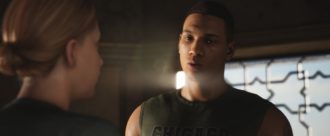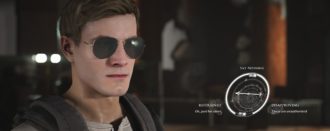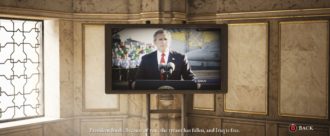Platforms:
Xbox One, PS4, PC, PS5, Xbox Series X|S
Released:
October 22, 2021
Publisher:
Bandai Namco Entertainment
Developer:
Supermassive Games
Two entries down and never quite hitting the mark, Supermassive has definitely seen some trouble when it comes to their recent horror series known as The Dark Pictures Anthology. Upwards of eight entries were promised for the franchise originally, but two unmemorable affairs to kick us off didn’t bode well. In saying that, it certainly feels like everything is resting on House of Ashes, the newest entry.
At the end of the day, this is also the team behind PS4 cult hit Until Dawn, one of the greatest horror ventures of last-gen. With all of that on the line, it troubles me to say that House of Ashes is a painful and unenjoyable experience to play.
Horrors root deep
House of Ashes is a fresh horror adventure that takes place within Iraq in 2003, set during the devastating war between the Iranian locals and American forces. A raid takes a turn into violent gunfire, bringing upon an earthquake that sees members from both forces plummeting deep underground into a dilapidated temple structure. It soon becomes apparent that they’re not alone in these hallowed halls. Deep at the roots, seeping through the cracks is horrors that track all the way back to 2231 BC, with the Akkadian Empire.
Throughout the five or so hours you’ll do per run, players will be tasked with surviving and making sense of the initial inexplicable nightmare ahead of their very own eyes. Whispers of a plague and famine that have affected the prior ancient inhabitants remain throughout. Just what are these dastardly and demonic figures that stalk the shadows, using their sonar hearing to hunt our survivors relentlessly? Are they some sort of gargoyle figure? Vampires? If you’re a big nerd when it comes to the Akkadian period, myth or otherwise, you might already have some ideas, but I’ll spare the spoiling.
All of that sounds incredibly enticing as a premise and it is, though only in theory. Stepping out of the preview build for the game last month, I was taken by its concept. Unfortunately, that hour or so slice of the game was the best card Supermassive had to play. House of Ashes is the worst foray in The Dark Pictures Anthology yet, soon circling the drain towards a painful, tiring trope-filled experience.
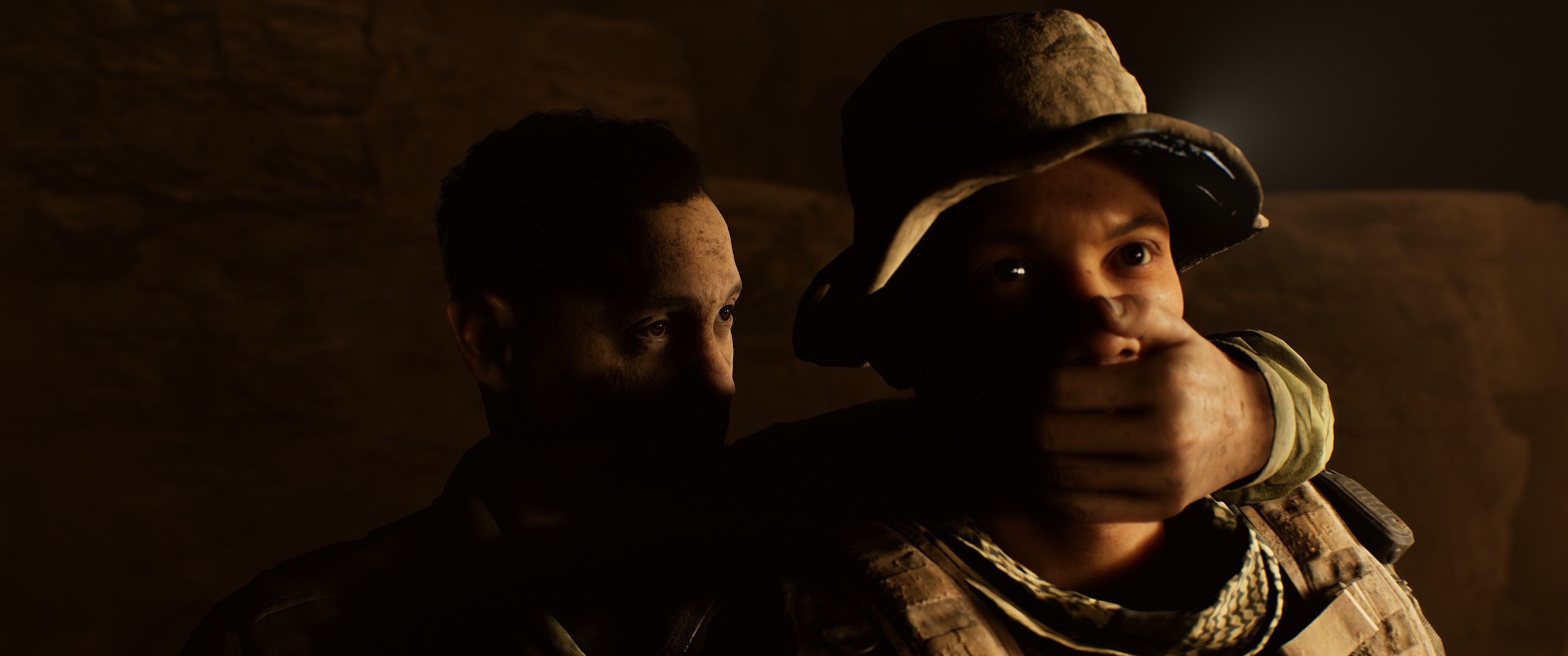
A flawed cast and a setting filled with holes
As I made my way through the Mesopotamian deeps, I couldn’t help but feel like I was going through the motions. Yes, the supernatural creatures can employ some tense moments of horror survival, but none of that matters when the set pieces aren’t all that memorable and the cast aren’t all that engaging.
Five characters are playable in the fight against the otherworldly foes. Salim is the only other remaining Iraqi soldier underground (other than his unplayable captain set on vengeance). Rachel, played by Ashley Tisdale, is one of the leads of the fraught raid, along with Eric, her separated husband there to cause plenty of tension. Rounding the cast out is a hick, God-loving individual by the name of Jason (more on that piece of a work character later on) and Nick, a soldier who is used to throw a spanner in the works, currently having an affair with Rachel.
Eric and Rachel’s troubled history look to have some promise and were initially the characters I was rooting for the most. However, it soon became clear to me that was largely just due to Tisdale’s likeness and the appeal of her as a potential horror ‘final girl.’ So, what’s left? Of course, I’m rooting for Salim, a local that was called to arms to defend their turf without much say in the matter. They’ve got a kid at home and considering just those two facts, that’s all the motivation I needed.
“House of Ashes is the worst foray in The Dark Pictures Anthology yet, soon circling the drain towards a painful, tiring trope-filled experience.”
When you’ve got a cast you’re not all that engaged in, it leaves the environment they’re in, and the way they interact with it, all the less impactful. Your cast of characters are split into duos for the most part throughout, and the banter they partake in becomes a bore. Soldier speak is aplenty, they run into a foe (be it the human form of Salim’s captain or the supernatural creatures that plague each and every crevice) and undertake a series of choices or QTE prompts to hopefully make it out alive. Eventually, you’ll reach the source of the threat and hopefully eliminate them and feel more rewarded than I did. Good luck.
It’s clear more than ever that the Supermassive formula of games is in desperate need of a shakeup. There have been at least some attempts of doing so here; the camera perspective is now third-person and over the shoulder. In theory, this is to be the more approachable format for a wider audience than their prior fixed camera. However, in practice that camera perspective becomes a little too close in tight corridors, often colliding with the character and leaving the player feeling frustrated and turned around rather than on the edge of their seat.
Mileage can also vary in House of Ashes. I had many issues throughout my 10 or so hours with the game. Screen tearing was frequent on my PC version. Assets would constantly be loading in within both cutscenes and gameplay. Some scenes would have assets spontaneously glow random fluorescent colours (evident above), witnessing the seams of the engine House of Ashes is running on. One unique bug brought my B run in the form of the ‘Curator’s Cut’ to a halt – a failed QTE prompt resulted in my character disappearing entirely. All that remained was a floating lighter as I’d walk around the dark caves.
At the end of the day, considering the sum of all these parts, House of Ashes now remains unpleasant to experience as a horror game. The atmosphere that was looking to be set has been ruined entirely by bugs, a poor cast and frustrating camera controls. The stakes and investment I initially had was quickly lost.
A big fumble of politics
There are many indicators that point to House of Ashes’ failings. Here’s a significant one: it relies heavily on politics almost two decades old. It’s not that I think horror as a genre can’t be political. In fact, it can often thrive in this regard. People just need to look no further than Get Out, Suspiria or Candyman for examples. It’s that the political footing that House of Ashes treads is ground covered before and covered better by others.
In setting alone, it’s evident House of Ashes is from the get-go meant to be the politically provocative entry in The Dark Pictures Anthology. Problem is, it uses zero sensitivity or tact. In the prologue to the game, you get a meaty period of insight into how the cast of characters feel about and interact with the Iraq war. Players make ‘tough’ choices like “Will I use white phosphorus or won’t I?” and “Do I shoot the fleeing unarmed Iraqi or do I spare them?”
Clearly, the intent here is to make players think about whether in this instance Americans are the bad guys. Of course, the answer is yes. We’ve had these stories before in games like Spec Ops: The Line, almost a decade ago. Revisit that heralded example and it doesn’t hold up. Why did Supermassive think they could do any different when it comes to war commentary?

All this boils and boils throughout the game, largely coming through one of the characters, Jason. Engage in just about any interaction with him and you’ll get examples of casual racism to volatile thoughts expressed aloud. Our Jason, sporting a “remember 9/11” cap, will stumble upon artefacts and items of cultures other than his own, calling them “crap” or “voodoo shit.”
Eventually, we learn more of the reason behind Jason’s baggage and how he carries guilt after being involved with the previous mowing down of an innocent Iraqi civilian. We’re supposed to take this and the eventual siding between him and Salim following a poor “we’re not so different, you and I” fashion exchange in stride. Still, I can’t help but wonder the reasoning for all this.
The tension House of Ashes puts up here is incredibly poor and could have posited in any other number of ways. The growth isn’t inspiring or deep. Exploration of the conflict between America and Iraq in 2003 is uninspiring. Readables and snippets of news on the T.V at your base show press conferences from President Bush at the time, coarsely shoving this imagery in your face and asking players if they get the severity of the situation. Seeing a white American finally consider a person of colour as another human, hoping to inspire something in us that should already be obvious, is embarrassing and offensive. Simply put, I can’t help but feel it was just to add another threat for the quieter moments.
Attempting to iron out the kinks
There is some good news to come with House of Ashes in comparison to prior entries in The Dark Pictures Anthology. While there was some experimentation in the camera perspective, there are other altered elements that did work out for the better. QTE prompts are more forgiving and clear than ever. The time allowed for these prompt inputs can be tweaked, and additionally, come with a small UI nod that such QTE moments are about to occur.
Along with this, if you’re just after the classic typical gameplay mechanic of making choices and keeping as many characters alive as possible come credits roll that Supermassive is known and loved for, you’re in luck. This is perhaps the entry from the studio that I have felt the least robbed in losing my cast. While I didn’t manage to get everyone to the finish line, a majority did. This is because it’s more evident how best to survive in House of Ashes. Sure, there are some risky choices that will work in your favour, but if you coast along pretty safely I can confidently say you’ll be rewarded with seeing everyone make it out alive. I can easily identify the incorrect choices I made in-game and don’t feel robbed for my losses, something that can’t be said for previous entry Little Hope.
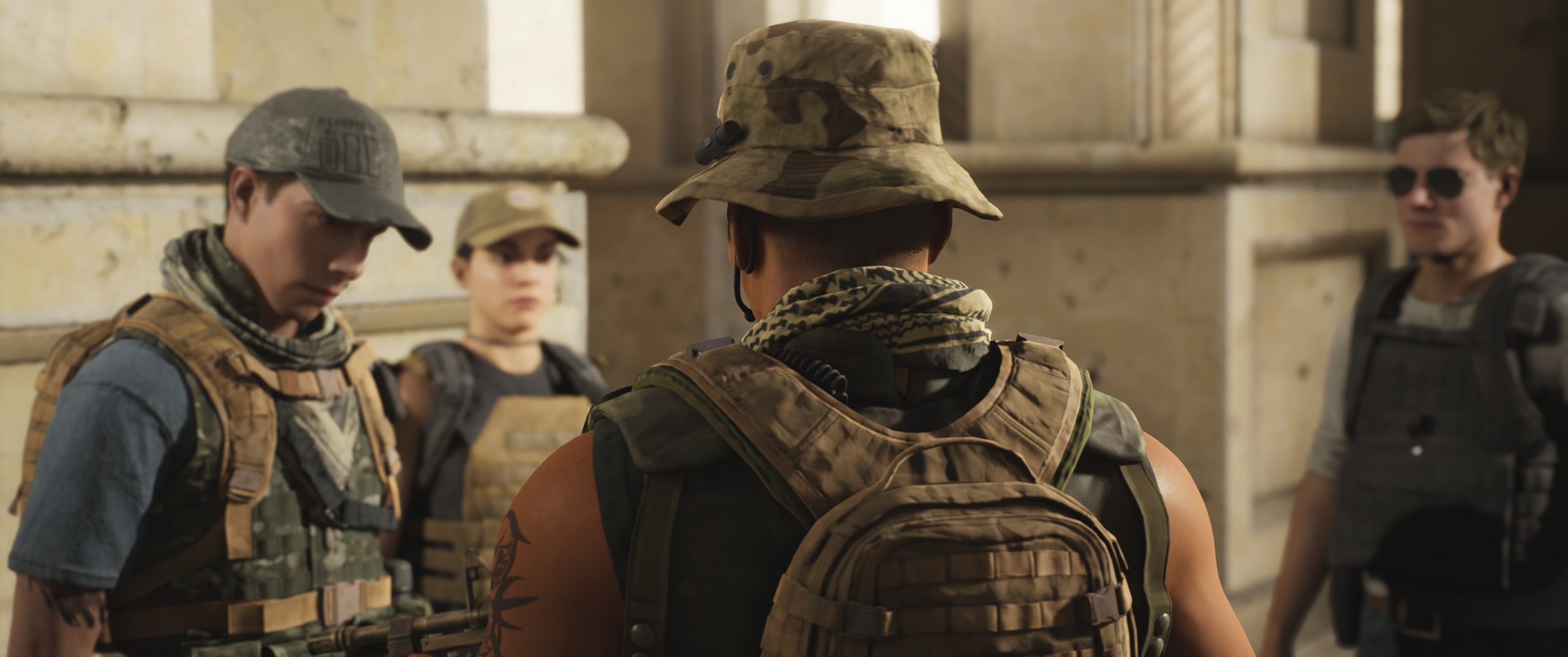
It’s time Supermassive throw in the towel to their interactive drama formula. Coming off Until Dawn, I can totally comprehend the appeal in creating a similar project, only in anthology form. However, this third entry cements the fact that their preceding beloved 2015 entry was lightning in a bottle. The studio clearly understands horror and have interesting elements to contribute to the genre, they’re just due for greener pastures and need to desperately step into new grounds if they want to succeed once more. I hope they can reach that again. For now, I remain sad at the wasted potential.
3
Bad
Positive:
- Improved QTE's and decision making that is clearer than ever
Negative:
- PC version came full of bugs to take you out of the experience
- Uninspired cast
- Incredibly sloppy handling of political themes
- New over-the-shoulder camera perspective creates awkward moments in tight corridors
The Dark Pictures Anthology: House of Ashes is an utter disappointment and not the redeeming game developer Supermassive so desperately needed it to be. Where its accessibility options offer to draw more players in, just as many will be repelled by its poor and offensive political themes, shoddy camera handling, uninspiring cast and buggy nature. Hoping to be a thrilling ride with some political intrigue, it’s instead a sloppy affair that’ll leave players feeling like they’re going through the motions. Supermassive fans deserve better. The horror genre as a whole deserves better. No recommendation can be provided for this dark plunge.



